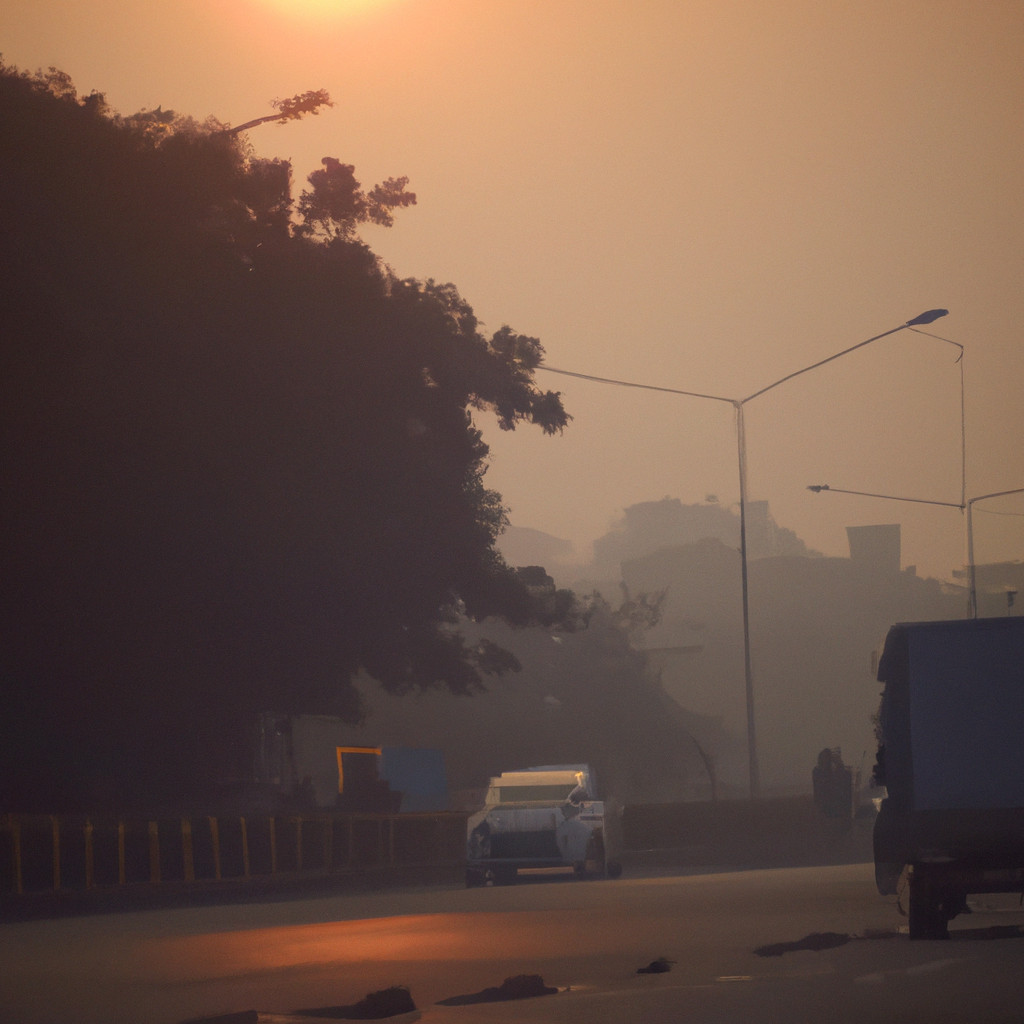Climate change isn’t just caused by increased greenhouse gas emissions but also by the growth of water vapour, a key greenhouse gas. As the world warms due to anthropogenic activities like burning fossil fuels, the atmosphere’s moisture-holding power grows, multiplying the warming impact of other emissions. Water vapour also intensifies extreme weather conditions, making them less predictable.
Water vapour has short atmospheric lifespan but powerful greenhouse gas qualities. It escalates global heating on par with carbon dioxide since the 1970s. Water vapour primarily stems from warmer surface temperatures, which promote evaporation, thus increasing humidity levels.
Water vapour plays a crucial role in Earth’s water cycle, increasing relative humidity. This disrupts human comfort, particularly in warmer areas since the cooling effect of sweat evaporation is restrained. Additionally, it drives the risk of flooding by enabling heavier rainfall, and in drier regions, it exacerbates the threat of wildfires.
In summary, with each degree of atmospheric heating, water vapour levels rise, amplifying global warming and enhancing extreme weather phenomena. While greenhouse gases like carbon dioxide, methane, and nitrous oxide root from human activities, the increase in water vapour attributes to the resulting higher temperatures.
Read source article here:
https://theconversation.com/how-rising-water-vapour-in-the-atmosphere-is-amplifying-warming-and-making-extreme-weather-worse-213347




